Pudong is the land directly across the Huangpu River from the Bund in Shanghai, the nearest part of which is contained within a bend of the river from which the rest of it radiates outward. As recently as 20 years ago the land east of the Huangpu was Shanghai's agricultural and industrial hinterland but was made a center of commercial development when the powers that be in the Communist Party decided that Shanghai was destined to become the business center of East Asia. Some of the famous new sights of Shanghai are in this area, including the strange-looking Oriental Pearl TV Tower directly across the river from the Bund, the Jin Mao Building (currently 5th tallest in the world), and the Shanghai World Financial Center under construction next door, which when completed will temporarily be the world's tallest building until an even taller one in Dubai is finished.
Pudong, though, is not only the downtown business district of incredible skyscrapers directly across the river from the Bund
. Beyond the first row of skyscrapers stretch miles of brand spanking new city with a spacious, controlled orderliness that contrasts greatly with the frenzied atmosphere in the older parts of Shanghai.
While it sometimes seems like half of China is under construction, nothing prepares you for the airplane window like view over Shanghai from the observation floor of the Jin Mao Building. The spectacular new skyscrapers in Pudong and elsewhere in Shanghai are almost all crowned with unique tops resembling turrets, spires, crowns, sails, grills, fans, and other forms of ornamentation, in contrast to American skylines dominated mostly by the mid-twentieth century rectangular glass boxes of the International style. Unlike the so-called post-modernist style that has caught on in the U.S. since the 1980s, Chinese skyscrapers borrow nothing from historical styles either. Perhaps the type of otherwordly futurism that has overtaken Chinese cities will one day be looked upon as something characteristically Chinese
.
Pudong is an urban planner's dream and an opportunity for them to exercise creativity on a monumental scale, and as someone who likes to draw up designs for fantasy cities a dream of mine as well. As far as I can tell, though, Pudong's designers were influenced by existing cities, most notably Paris and London. Although different in its modernity, Century Boulevard, Pudong's central axis which extends several miles southeast from a park surrounded by skyscrapers near the TV Tower, resembles an unfinished Champs Elysees, ending at a large perdestrian plaza on the same axis. This plaza lies between the enormous Shanghai Museum of Science and Technology and a glass exhibition center and somewhat resembles the axis of La Defense outside Paris. This axis ends a short distance further at the very large and meticulously landscaped Century Park, a recreational center with fountains, lawns, serpentine lakes, and an amusement park, which is surrounded by highrise commercial and posh residential areas and bears some resemblance to London's Hyde Park and New York's Central Park
. Still farther to the southeast are the Expo Center where the 2010 Shanghai World Exhibition will be held, the Shanghai Technology Center, and the MagLev train station to the airport.
I was tempted to pay the modest admission fee at the enormous Shanghai Museum of Science and Technology, as much to see more of the building as to view the exhibits it houses. However, the 5,000 screaming children I encountered around the T-Rex and Brontosaurus fossils in the lobby were about all my nerves could take, so I limited visit to the fantastic Pan-Asian food court on the first floor.
Just for kicks, though, I decided to take the MagLev train to the airport. Shanghai's maglev is the only functioning train of its type in the world, hovering over its track through a system of magnets, and also the world's fastest at a top speed of 431 km/hour. Traveling at an almost jet plane like speed at ground level had all the thrill of a roller coaster ride. I had no real business at Pudong Airport but thought I'd take a look around what is destined to become the world's busiest airport by 2025 (if you are inclined to believe what the exhibits in the Urban Planning Museum say) while I was there.
Shanghai - Pudong Future World
Monday, July 23, 2007
 Pudong, Shanghai, China
Pudong, Shanghai, China
Other Entries
-
64Khogorin Els Sand Dunes, Gobi Desert, Mongolia
Jun 2627 days prior Dalandzadgad, Mongoliaphoto_camera103videocam 0comment 0
Dalandzadgad, Mongoliaphoto_camera103videocam 0comment 0 -
65Bayan Zag Flaming Cliffs, Gobi Desert, Mongolia
Jun 2825 days prior Üydzen, Mongoliaphoto_camera66videocam 0comment 0
Üydzen, Mongoliaphoto_camera66videocam 0comment 0 -
66Yolin Am Ice Canyon, Gobi Desert, Mongolia
Jun 3023 days prior Tsohyootoyn Hiid, Mongoliaphoto_camera63videocam 0comment 0
Tsohyootoyn Hiid, Mongoliaphoto_camera63videocam 0comment 0 -
67Crossing the Southeast Gobi to China, Mongolia
Jul 0221 days prior Hövsgöl, Mongoliaphoto_camera65videocam 0comment 0
Hövsgöl, Mongoliaphoto_camera65videocam 0comment 0 -
68Elianhot, China
Jul 0419 days prior Erlianhot, Chinaphoto_camera16videocam 0comment 0
Erlianhot, Chinaphoto_camera16videocam 0comment 0 -
69Onward to Beijing, China
Jul 0716 days prior Huairou, Chinaphoto_camera48videocam 0comment 0
Huairou, Chinaphoto_camera48videocam 0comment 0 -
70Beijing, China
Jul 0815 days prior Beijing, Chinaphoto_camera121videocam 0comment 0
Beijing, Chinaphoto_camera121videocam 0comment 0 -
71Yonghedong Monastery, Beijing
Jul 0914 days prior Beijing, Chinaphoto_camera13videocam 0comment 0
Beijing, Chinaphoto_camera13videocam 0comment 0 -
72Summer Palace, Beijing
Jul 1013 days prior Beijing, Chinaphoto_camera89videocam 0comment 0
Beijing, Chinaphoto_camera89videocam 0comment 0 -
73Tianjin, China
Jul 1112 days prior Tianjin, Chinaphoto_camera49videocam 0comment 0
Tianjin, Chinaphoto_camera49videocam 0comment 0 -
74Tai Shan Mountain, China
Jul 1310 days prior Tai'an, Chinaphoto_camera89videocam 0comment 0
Tai'an, Chinaphoto_camera89videocam 0comment 0 -
75Qufu, China
Jul 149 days prior Qufu, Chinaphoto_camera52videocam 0comment 0
Qufu, Chinaphoto_camera52videocam 0comment 0 -
76Nanjing, China
Jul 167 days prior Nanjing, Chinaphoto_camera148videocam 0comment 0
Nanjing, Chinaphoto_camera148videocam 0comment 0 -
77Suzhou, China
Jul 185 days prior Suzhou, Chinaphoto_camera72videocam 0comment 0
Suzhou, Chinaphoto_camera72videocam 0comment 0 -
78Tongli, China
Jul 194 days prior Tongli, Chinaphoto_camera64videocam 0comment 0
Tongli, Chinaphoto_camera64videocam 0comment 0 -
79Shanghai, China
Jul 212 days prior Shanghai, Chinaphoto_camera163videocam 0comment 0
Shanghai, Chinaphoto_camera163videocam 0comment 0 -
80Shanghai - Huangpu Cruise and the Bund
Jul 221 day prior Shanghai, Chinaphoto_camera125videocam 0comment 0
Shanghai, Chinaphoto_camera125videocam 0comment 0 -
81Shanghai - Pudong Future World
Jul 23 Pudong, Chinaphoto_camera165videocam 0comment 0
Pudong, Chinaphoto_camera165videocam 0comment 0 -
82Shanghai to Hangzhou - Eastern Chinese Food
Jul 241 day later Shanghai, Chinaphoto_camera27videocam 0comment 0
Shanghai, Chinaphoto_camera27videocam 0comment 0 -
83Putuo Shan, China
Jul 274 days later Putuoshan, Chinaphoto_camera152videocam 0comment 1
Putuoshan, Chinaphoto_camera152videocam 0comment 1 -
84Ningbo, China
Jul 285 days later Ningbo, Chinaphoto_camera13videocam 0comment 1
Ningbo, Chinaphoto_camera13videocam 0comment 1 -
85Hangzhou, China - Part I
Jul 307 days later Hangzhou, Chinaphoto_camera151videocam 0comment 0
Hangzhou, Chinaphoto_camera151videocam 0comment 0 -
86Hangzhou, China - Part II
Aug 019 days later Hangzhou, Chinaphoto_camera79videocam 0comment 0
Hangzhou, Chinaphoto_camera79videocam 0comment 0 -
87Hong Kong, China
Aug 0311 days later Hong Kong, Chinaphoto_camera245videocam 0comment 0
Hong Kong, Chinaphoto_camera245videocam 0comment 0 -
88Hong Kong's Victoria Peak
Aug 0412 days later Hong Kong, Chinaphoto_camera59videocam 0comment 0
Hong Kong, Chinaphoto_camera59videocam 0comment 0 -
89Sunday on Hong Kong Island's South Shore
Aug 0513 days later Hong Kong, Chinaphoto_camera48videocam 0comment 0
Hong Kong, Chinaphoto_camera48videocam 0comment 0 -
90Markets of Hong Kong
Aug 0614 days later Hong Kong, Chinaphoto_camera21videocam 0comment 0
Hong Kong, Chinaphoto_camera21videocam 0comment 0 -
91Lantau Island, Hong Kong, China
Aug 0715 days later Lantau, Chinaphoto_camera123videocam 0comment 0
Lantau, Chinaphoto_camera123videocam 0comment 0 -
92Macau, China
Aug 0816 days later Macau, Chinaphoto_camera102videocam 0comment 0
Macau, Chinaphoto_camera102videocam 0comment 0

 Pudong, Shanghai, China
Pudong, Shanghai, China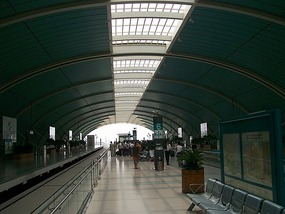
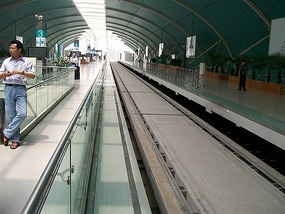
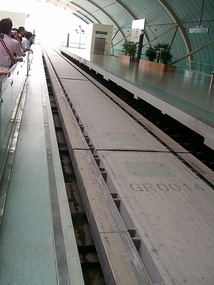


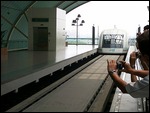
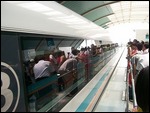
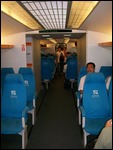
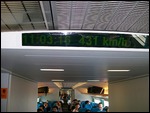
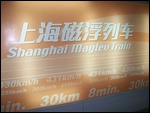
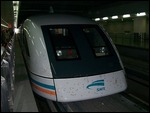
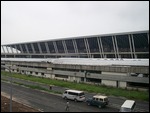
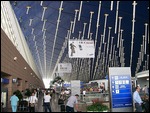
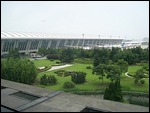
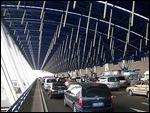
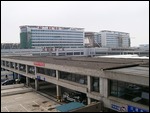
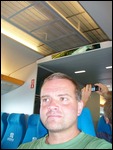
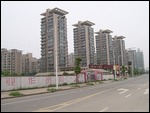
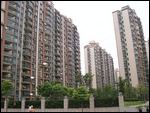
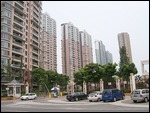
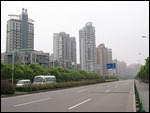
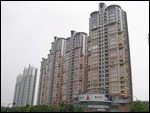
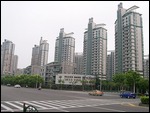
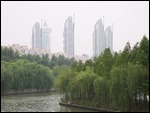
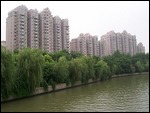
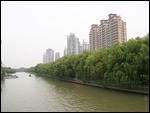
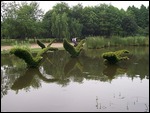
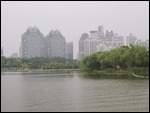

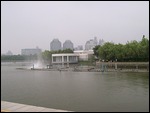
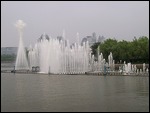
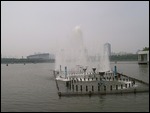
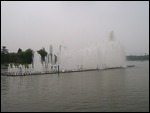
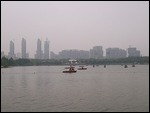
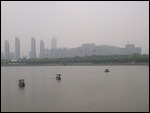
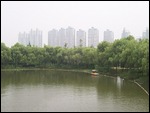
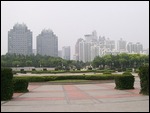
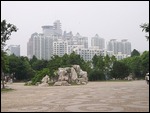
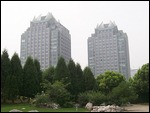
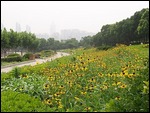
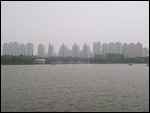
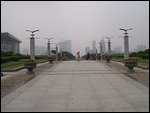
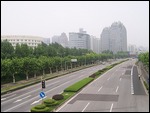

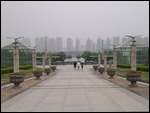
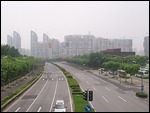
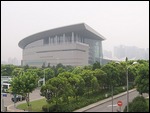
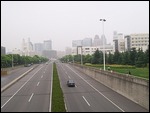
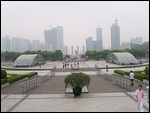
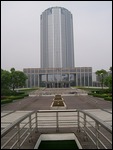
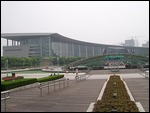
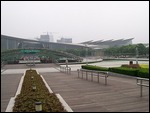
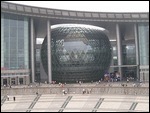
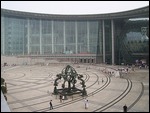
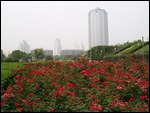
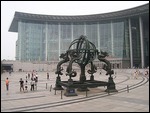
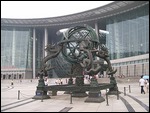
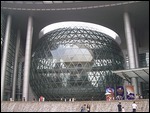
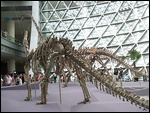
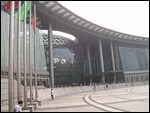
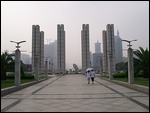
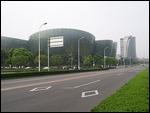
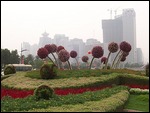

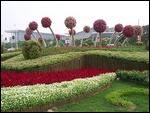
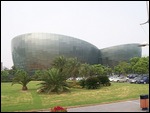


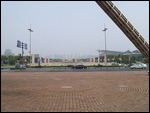

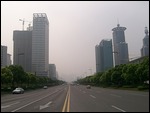
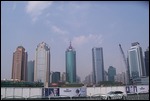
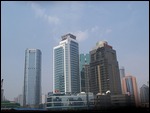
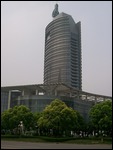
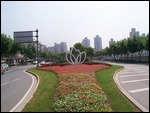
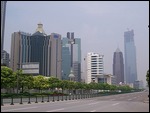
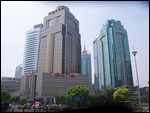
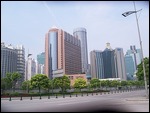
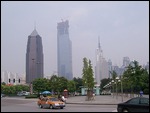
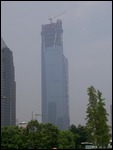
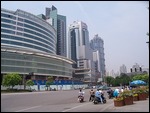

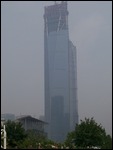
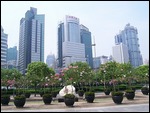
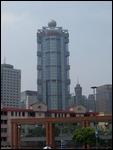
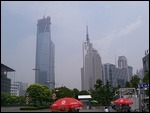
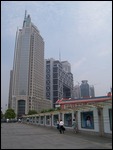
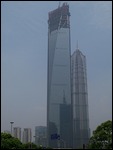
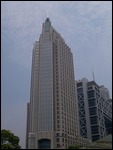
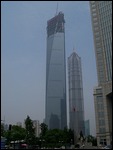
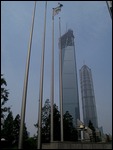
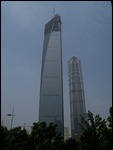
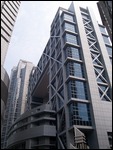
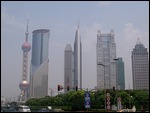
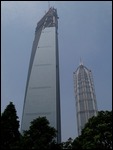
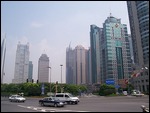
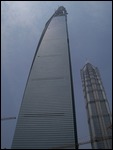
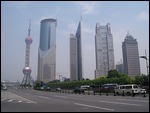
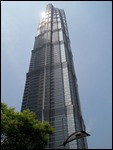
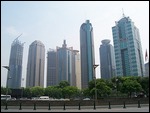
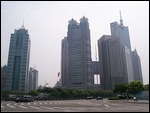
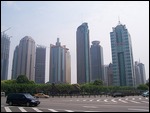
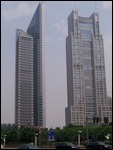
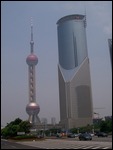
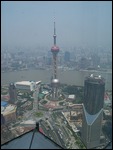
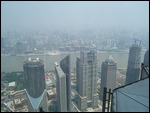

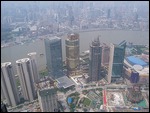
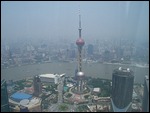
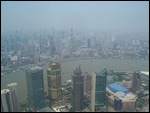
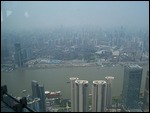
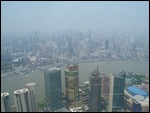
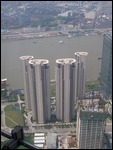
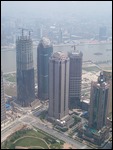
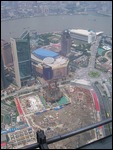
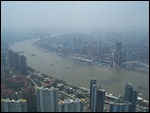
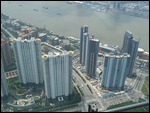
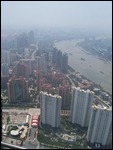
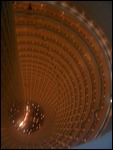
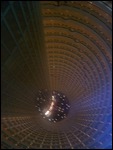
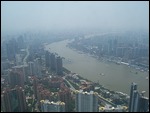
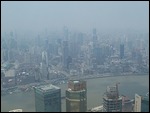
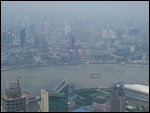
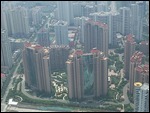

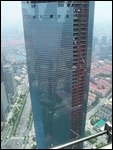
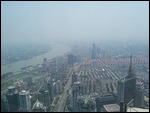
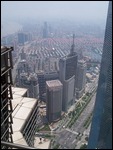
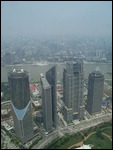
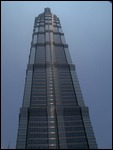
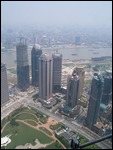
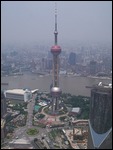

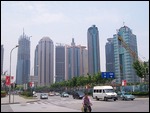
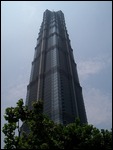
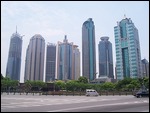
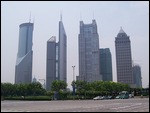
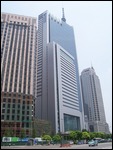
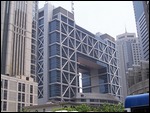
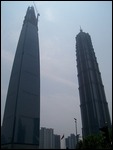
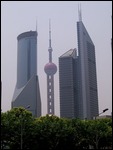

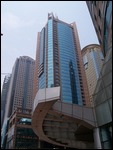
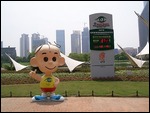
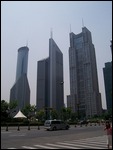
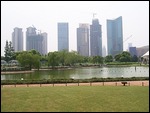
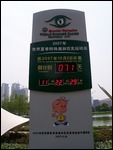
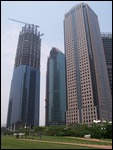
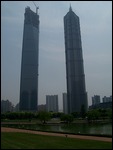
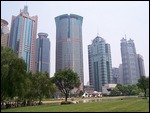
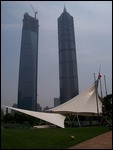
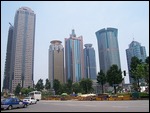
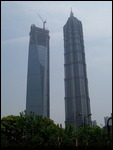
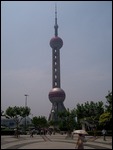
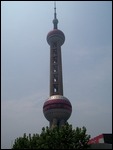
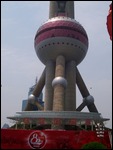
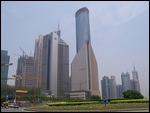
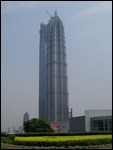

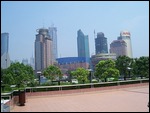

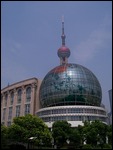
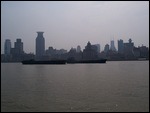

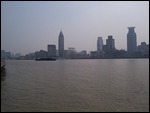
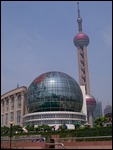
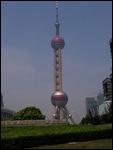
2025-05-23